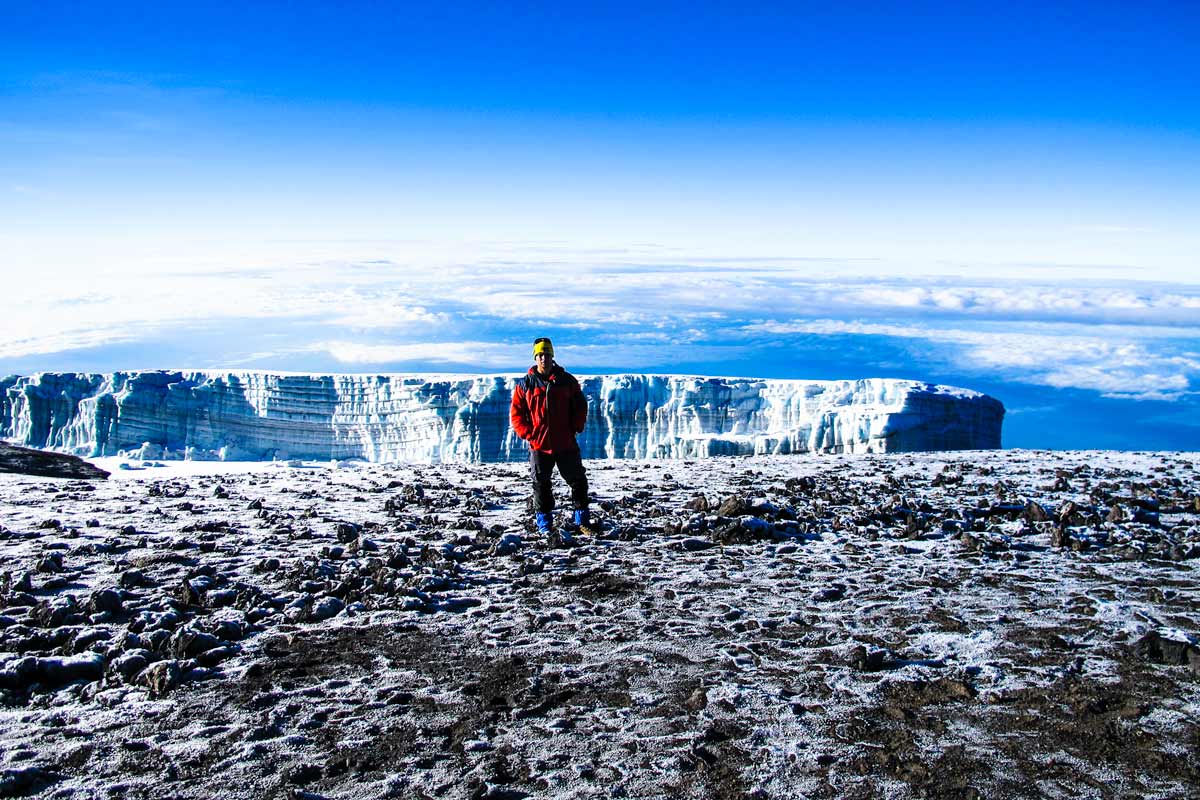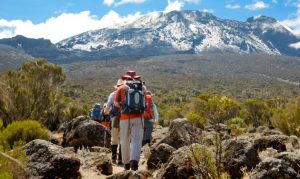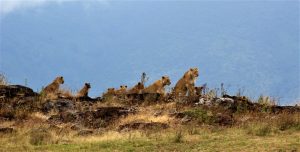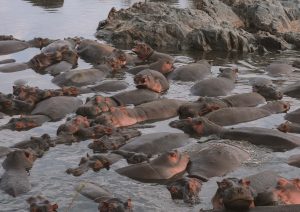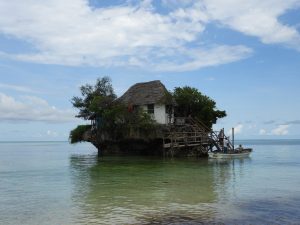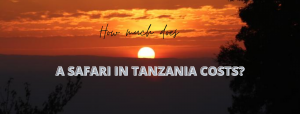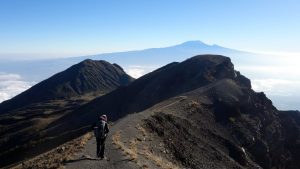Climbing Kilimanjaro on a Budget: A Comprehensive Guide
Climbing Kilimanjaro on a Budget: Mount Kilimanjaro, the majestic peak in Tanzania, stands as the highest mountain in Africa and offers a unique opportunity for climbers seeking adventure. While Kilimanjaro is known for its spectacular views and diverse ecosystems, it can also be a significant financial investment. However, with careful planning and resourcefulness, it’s possible to experience this incredible journey without breaking the bank. Here’s a detailed guide on how to climb Kilimanjaro on a budget.
1. Research and Planning
Before setting out, thorough research is crucial. Understanding the different routes, costs, and seasons can significantly impact your budget. Kilimanjaro has several routes such as Machame, Marangu, Rongai, Lemosho, and Umbwe. Some routes are more affordable than others. For instance, the Marangu route, known as the “Coca-Cola” route, is generally the least expensive due to its hut accommodations compared to the tent-based options on other routes.
Seasonal Considerations: The cost of climbing Kilimanjaro can vary depending on the season. Peak climbing seasons, such as the dry months of January to March and June to October, tend to be more expensive due to higher demand. If you’re flexible, consider climbing during the shoulder seasons to find lower prices.
2. Choose a Budget-Friendly Operator
Selecting a tour operator is a critical step. Operators offer various packages that include guiding, accommodation, and meals. To save money, compare different operators and their offerings. Look for operators who provide good value for money without compromising safety or quality.
Group vs. Private Climbing: Opting for a group climb instead of a private climb can significantly reduce costs. Group climbs distribute the cost of guides and support staff among more climbers, making it a more affordable option.
Local Operators: Consider choosing a local Tanzanian operator rather than international ones. Local companies often offer more competitive prices and have extensive knowledge of the mountain, enhancing your overall experience.
3. Minimize Equipment Costs
The right gear is essential, but buying brand-new equipment can be costly. To manage expenses, consider renting equipment or borrowing from friends who have climbed before.
Renting Gear: Many operators offer rental gear for items like sleeping bags, trekking poles, and jackets. Renting these items is often cheaper than purchasing them. Ensure that the gear is of good quality and suited to the conditions you’ll encounter.
Borrowing Gear: Reach out to local climbing communities or friends who may have equipment they can lend you. This can save you a significant amount of money.
4. Pack Smart
Efficient packing can save you money and make your trek more comfortable. Avoid over-packing, and focus on bringing only what you’ll need.
Layering: Instead of buying expensive outerwear, use layering techniques with the clothing you already own. Bring lightweight, moisture-wicking layers that can be added or removed as needed.
Food and Snacks: While your operator will provide meals, carrying some high-energy snacks for the trek can be helpful. Opt for affordable and nutritious snacks that you can buy before the climb.
5. Accommodation and Meals
Accommodation costs vary depending on the route you choose. Some routes include hut accommodation, while others require tent camping. Hut accommodation can be less expensive but may offer fewer amenities compared to camping.
Tent Camping: If you’re opting for a route that involves camping, your operator will provide tents and basic camping gear. Ensure that your operator offers good-quality equipment and meals.
Meals: On most climbs, your operator will provide meals. If you have dietary restrictions or preferences, discuss them with your operator beforehand to ensure your needs are met.
6. Permits and Fees
Permits and park fees are unavoidable costs for climbing Kilimanjaro. These fees contribute to the maintenance of the mountain and support conservation efforts. While you can’t avoid these fees, you can be aware of them and factor them into your budget.
Conservation Fees: The Kilimanjaro National Park requires a conservation fee, which is included in your climb package. Ensure that your operator covers these fees as part of the overall cost.
7. Physical Preparation
Proper training and preparation are crucial for a successful climb. Investing time in physical preparation can reduce the risk of altitude sickness and make your climb more enjoyable.
Training: Incorporate cardio and strength training into your routine. Hiking or trekking in hilly terrain will help prepare your body for the physical demands of climbing Kilimanjaro.
Altitude Acclimatization: Consider taking shorter treks or hikes at high altitudes before your Kilimanjaro climb. This will help your body adjust to higher elevations and reduce the risk of altitude sickness.
8. Insurance and Safety
Safety should never be compromised, even on a budget. Ensure that you have appropriate travel insurance that covers medical emergencies and evacuation.
Insurance: Choose an insurance policy that includes coverage for trekking at high altitudes. Verify that it includes coverage for unexpected events such as altitude sickness, injuries, or trip cancellations.
Emergency Funds: Keep a small amount of emergency funds separate from your main budget. This will help cover any unexpected expenses that may arise during your climb.
Climbing Kilimanjaro on a Budget: Key Takeaways and Final Thoughts
Climbing Kilimanjaro on a budget is entirely possible with careful planning and smart choices. By researching routes, choosing a cost-effective operator, renting or borrowing gear, and preparing physically, you can experience the wonder of Kilimanjaro without exceeding your budget. Remember to prioritize safety and be prepared for the physical demands of the climb. With these strategies, you can enjoy the breathtaking beauty of Africa’s highest peak while keeping your expenses in check.
Climbing Kilimanjaro on a budget offers a chance to experience stunning vistas and diverse ecosystems, making it an affordable adventure for those seeking an extraordinary journey and unforgettable memories.

